For the German architect, designer, artist Peter Behrens it was important that the exterior reflected a building's intended function, that the exterior provided information about the nature of the building and its occupants.
We suspect therefore he would greatly approve of the title of the Museum für Angewandte Kunst Cologne's exhibition in honour of his 150th birthday, neatly encapsulating as it does the nature of its protagonist.
#all-rounder
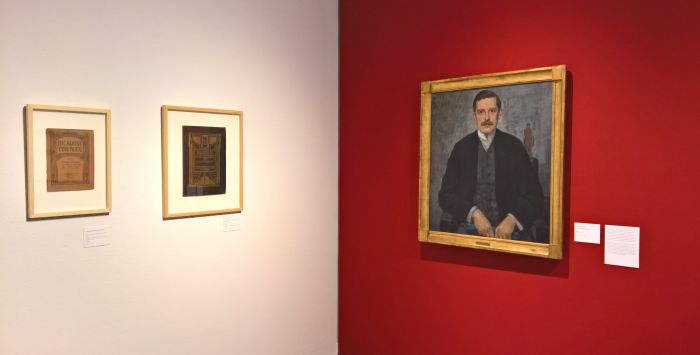
Born in Hamburg on April 14th 1866 Peter Behrens studied painting in Karlsruhe, Düsseldorf and Munich before in 1899 becoming a founding member of the Art Nouveau Artists Colony at Mathildenhöhe, Darmstadt. With the turn of the century Behrens increasingly evolved from pure art over applied arts to architecture and design in its many facets, be that product, furniture, graphic, theatre, interior, corporate, garden, textile, piano, etc, etc, etc
And thereby a range of disciplines which makes the moniker "all-rounder" more than appropriate
Whereby it is important to note that although a term such as "all-rounder" does have an unfortunate air of "show-off", in the case of Behrens, or indeed his contemporaries such as Henry van de Velde or Charles Rennie Mackintosh, it was very much a case of the prevailing understanding of the function of the creative, one didn't specialise in one discipline, rather attempted to bring your ideas, positions and talents to as many as possible, one was, almost by definition, a Gesamtkünstler, an all-rounder.
In context of Peter Behrens' 150th birthday three museums in the German state of Nordrhein-Westfalen, NRW, are staging complimenting, mutually augmentative and supportive, exhibitions exploring the man, his works and his contributions to contemporary understandings of architecture and design: The Practical and the Ideal at the Kaiser Wilhelm Museum Krefeld focussing on Behrens applied art, for all his book and graphic design work, Art and Technology at the LVR-Industriemuseum Oberhausen focussing on his architecture and product design work, and #all-rounder at the MAK Cologne, an exhibition which in many, though not all, regards can be considered as the link between the two, focussing as it does on the period 1894 to 1914, and thereby that period which saw Behrens' metamorphosis from Jugendstil artist to rational designer.
A period and metamorphosis in which Nordrhein-Westfalen played a not insignificant role.
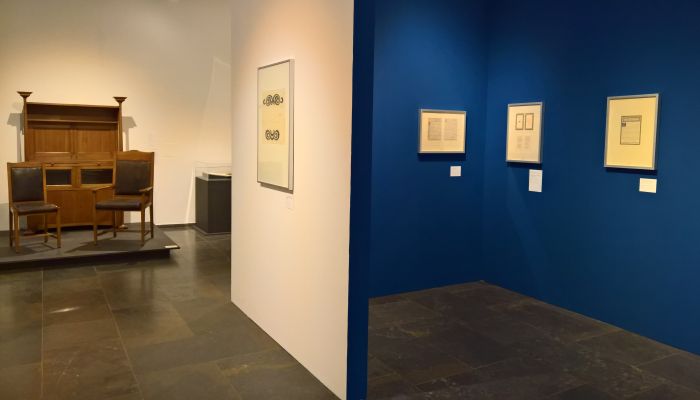
In 1903 Peter Behrens was appointed Director of the Kunstgewerbeschule Düsseldorf, a position he held until 1907, and although as Tilmann Buddensieg notes Düsseldorf is often considered "a period of reduced activity"1 in the Behrens' biography, such is, as he continues, too blinkered an assessment, one which focusses too much on his architectural output and too little on both his achievements at the Kunstgewerbeschule and also the many important commissions and projects he realised and influential people he met in those years.
Here is neither the time nor place for a full dissertation on Behrens Düsseldorf years2, it suffices to mention the importance of the friendship that developed with the patron Karl Ernst Osthaus and the many projects that led to, specifically in Hagen, but also further afield; the garden design work Behrens undertook in those years, principally in context of garden exhibitions, but also for Villa Obenauer in Saarbrücken; the corporate identity work he realised for the Anker linoleum company in Delmenhorst near Bremen, as a precursor of what he would achieve with AEG; his interior design work, including his reading room for Düsseldorf public library, an interior which before its installation in Düsseldorf was exhibited at the 1904 World's Fair in St Louis, where it won a Grand Prix Medal; and his exhibition design work, exhibition design being then as much about architecture as it was interior design and through the buildings Behrens developed for projects such as the 1905 Oldenburg Trades Fair one sees how his work, and by extrapolation, his understanding of form, function, ornamentation and inherent value evolved. The importance and relevance of the wider architectural works he realised throughout his career in Nordrhein-Westfalen is a subject in itself. And one for another day and another post.
In addition we'd add that his experiences at the Kunstgewerbeschule itself were important. During Behrens tenure Düsseldorf became one of the most important schools of its kind in Germany, a position achieved thanks to the reforms Behrens introduced, and we'd certainly follow any argument which proposes that through considering the education in Düsseldorf Behrens thought about art, craft, industry, architecture and design in ways different to that had he not been director. Not least because the decisions he made would help define the way the coming generation of creatives understood their function, and he had to consider what that meant, what was relevant, important. In addition it arguably brought him into, and certainly into more regular, contact with a wider group of international creatives than would otherwise have been the case, thus allowing for more, and more varied, conversations. And that at a moment in his career when the move away from Jugendstil was taking on a definitive form.
When Peter Behrens left Düsseldorf for Berlin and AEG he wasn't a fully developed architect and designer, was however a creative who had discovered his voice, knew where he wanted to go, why and how he wanted to get there. His role at AEG giving him both the necessary freedom and type of projects he required to complete that development, but his time in Düsseldorf shouldn't be underestimated.
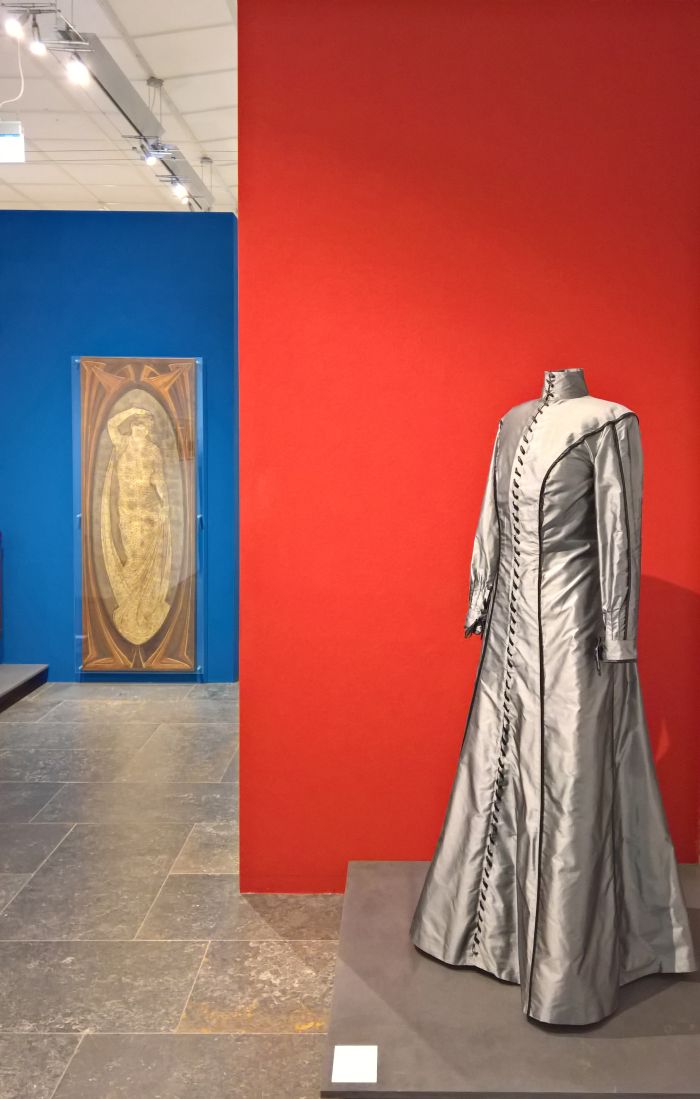
Presenting some 220 objects from across Behrens' canon in a more or less chronological, more or less generic, narrative, #all-rounder is a clearly and logically constructed exhibition, and one which although possessing a natural progression through the eight sections, regularly invites you to go back, to compare, reconsider and then move forward again.
And which thereby helps underscore how Behrens' move from his early fascination with the decorative, florid curved line over stereometry to classical geometric ornamentation and on to rational, industrial, reduction, didn't involve strict breaks, but much more was a fluid, tumbling, process, where one or the other position always had the upper hand, without ever completely eliminating the others.
One sees, for example, two sets of textiles created in 1904 for Hagener Textil-Industrie, one set with a quadratic pattern the other a figurative representation of a peacock; or two heaters created for AEG in 1908, the one showing a formal and material reduction while maintaining an ornate representativeness through the surface decoration, the other is not only reduced but the heating elements are employed as a, and the only, decorative feature. Then there is a sideboard from 1900 showing an advanced level of formal and material reduction for the day, but where Behrens couldn't resist adding a florid, allium-esque carving in the backboard. It's the only decoration, is barely visible, thoroughly unnecessary, and absolutely charming.
Equally pleasing is a comparison of a set of glasses created in 1901 for his house in Darmstadt, the so-called "Trinkglasserie mit rubinroten Füßen" - glasses with ruby red feet - and the Aegir set from ca. 1905. Not only is the later set much more reduced and stereometric than the more ornate 1901 set, but although both contain ruby red glass the red has been transformed from a decorative to a formal structural element. Is still decorative in the Aegir set, but that's not why it's there. Arguably, the Aegir design wouldn't have been possible in 1901. Behrens had to get there. Through the objects presented and the accompanying texts #all-rounder succinctly explains how he did. And how he then went further.
In addition to explaining the nature of Behrens development and the astonishing breadth of his oeuvre, the presented objects also neatly indicate the range of partners in NRW with whom Behrens cooperated, before, during and after his Düsseldorf sojourn: largely handcraft based concerns, such as the aforementioned Hagener Textil-Industrie, or the Rheinische Glassworks in Cologne-Ehrenfeld, Gerhardi & Co metalworkers in Lüdenscheid or Franz Bahner silversmiths in Düsseldorf, whereby one must remember these were cooperations at a time when craft was increasingly becoming industrialised and seeking answers to the many questions that posed, answers Beherns sought. But not just commercial partners also those who reflected other interests such as theatre, correspondence and models highlighting stage designs conceived by Behrens, when not ultimately realised, for the Düsseldorfer Schauspielhaus, and thereby underscoring Behrens' relationship to NRW and the importance of the region to the development of his career.
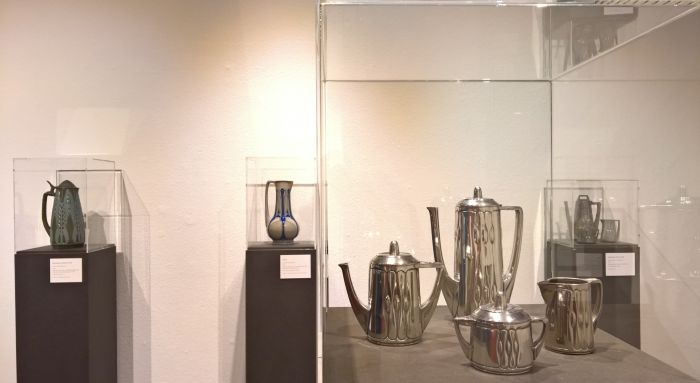
The nature, age and combination of nature/age of many of the objects on display means that by necessity #all-rounder is a lot of items in vitrines and occasional low level lighting, a situation which combined with the narrow, windowless room in which it is being staged means that, and as with Charles Rennie Mackintosh. Making the Glasgow Style at Kelvingrove Art Gallery and Museum Glasgow, it can appear a little claustrophobic at first. As with the Mackintosh exhibition it isn't. It is just as space that takes a little getting used to, but take you're time, walk about a bit and you'll soon get feel for the space, for the exhibition geography and can begin to immerse yourself in the narrative.
As an exhibition #all-rounder can be viewed at various levels, on the one hand simply for the objects as objects or alternatively for what the objects teach us about Behrens, about how Behrens responded to technical, political, social and cultural discussions, how through his work Behrens contributed to and influenced such discussions and how through his contributions Behrens remains relevant to contemporary considerations and discourses on applied arts, architecture and design in its many facets, be that product, furniture, graphic, theatre, interior, corporate, garden, textile, piano, user interface, lighting, social, interaction, environmental, sound, information, industrial, etc, etc, etc...
Peter Behrens #all-rounder runs at the Museum für Angewandte Kunst Köln, An der Rechtschule, 50667 Cologne until Sunday July 1st.
Full details including information on the accompanying fringe programme can be found at www.makk.de
Peter Behrens. The Practical and the Ideal runs at the Kaiser Wilhelm Museum Krefeld until Sunday October 14th
1Vorwort in Gisela Moeller, Peter Behrens in Düsseldorf: die Jahre von 1903 bis 1907, VCH, Acta Humaniora, Weinheim, 1991
2For a fulsome account of Behrens time in Düsseldorf we refer all Germanophones to Gisela Moeller, Peter Behrens in Düsseldorf: die Jahre von 1903 bis 1907, VCH, Acta Humaniora, Weinheim, 1991
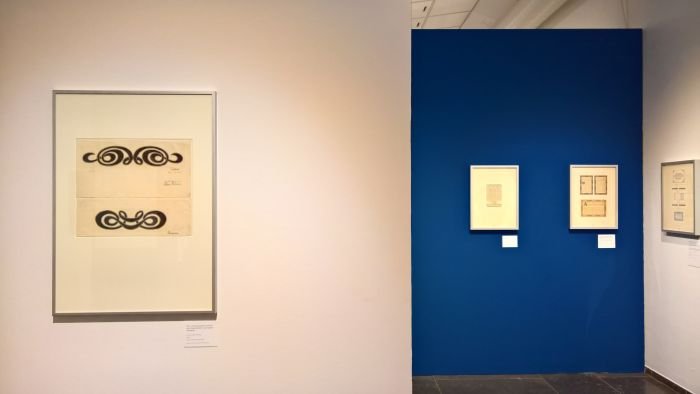
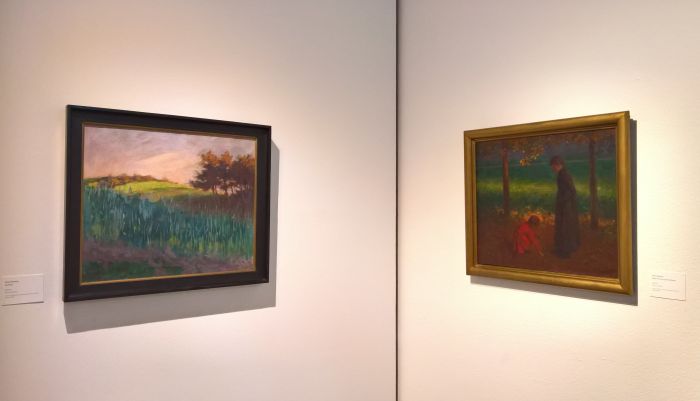
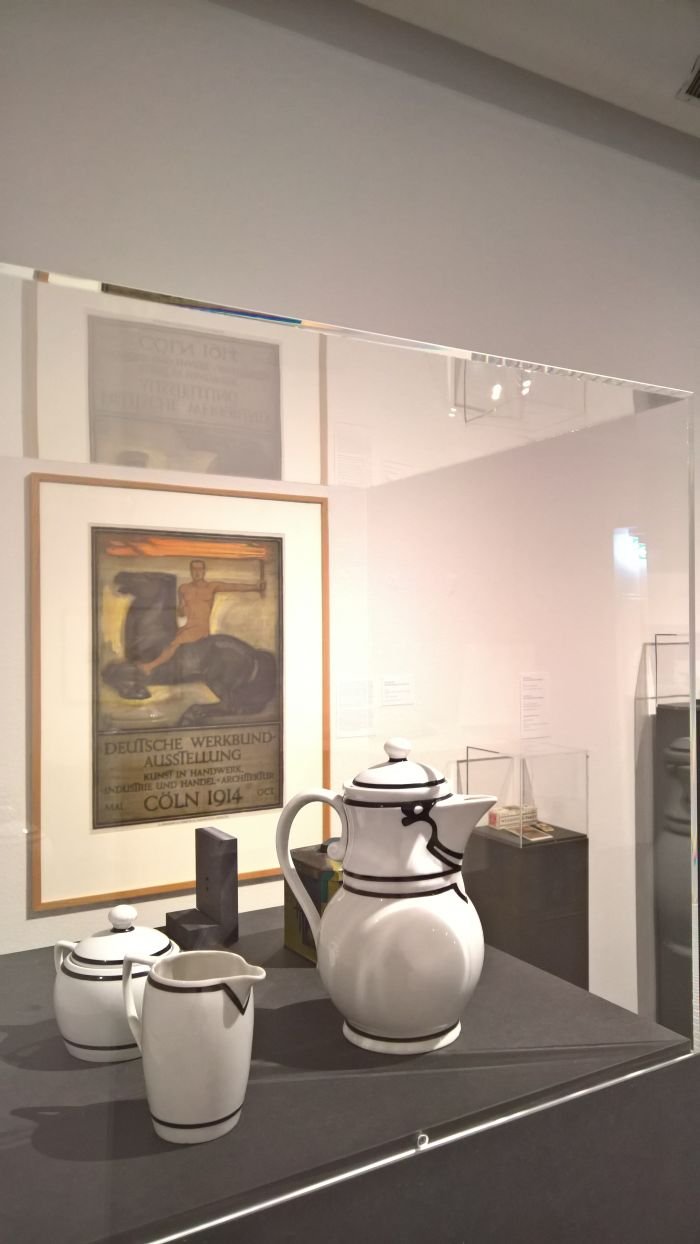
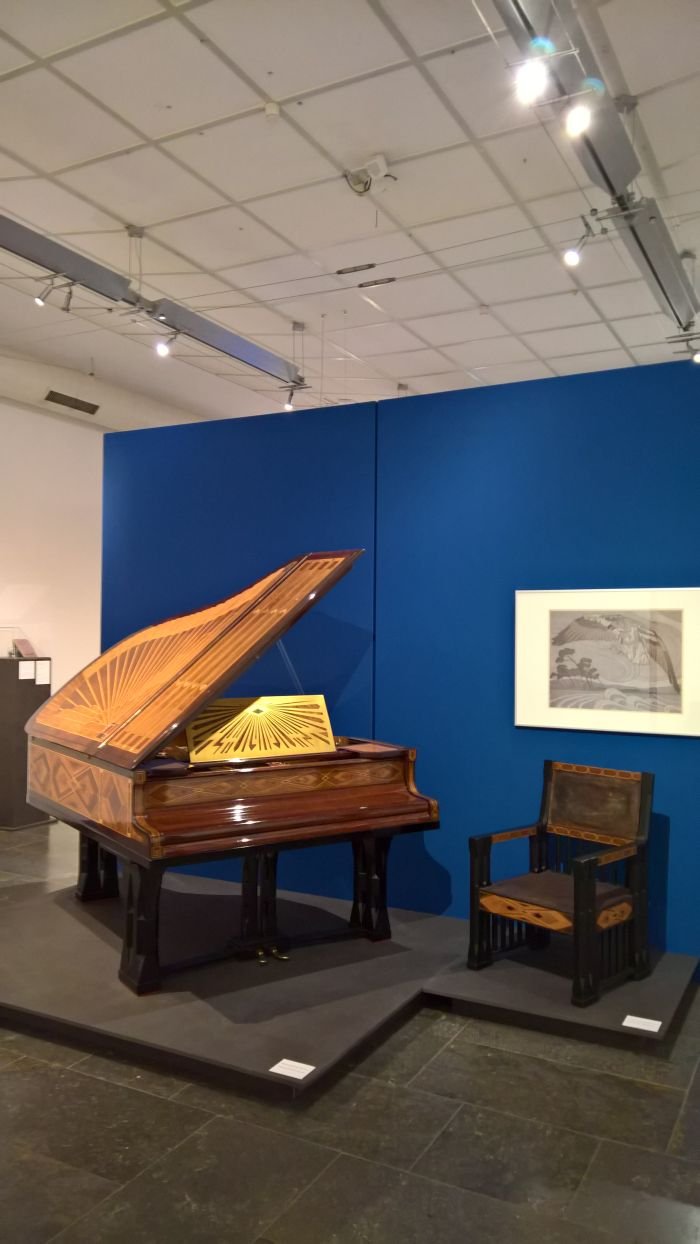
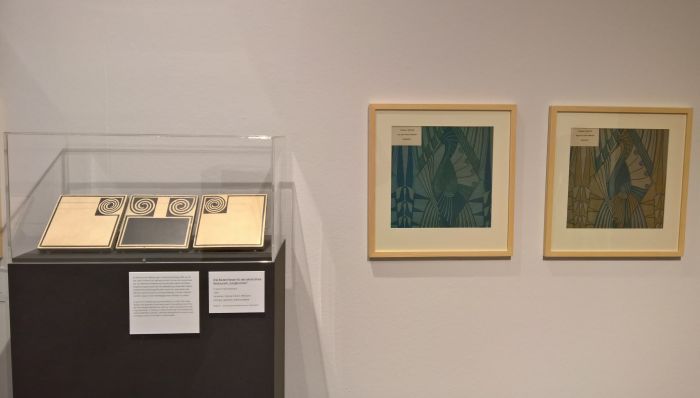
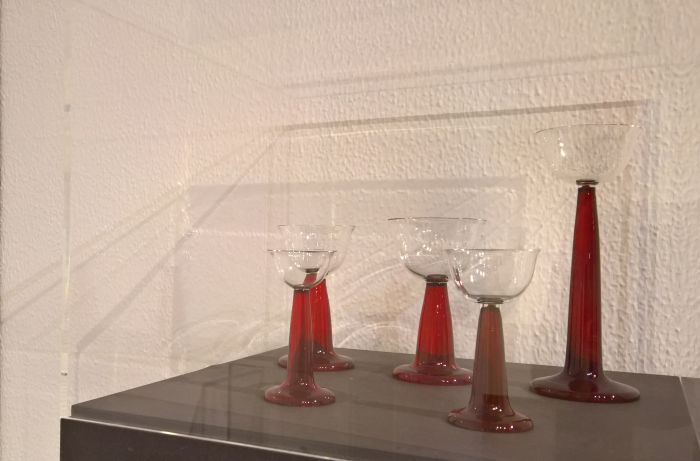
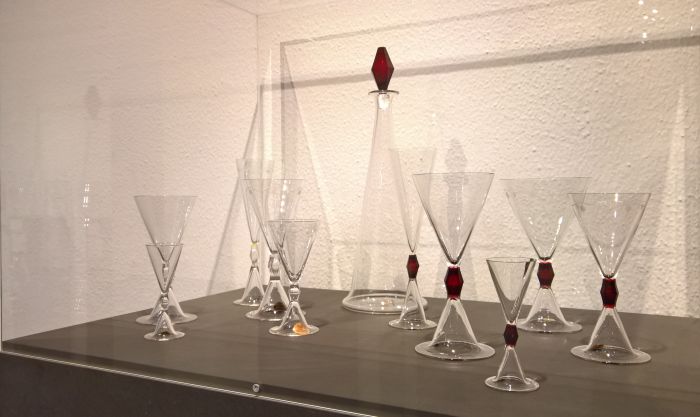
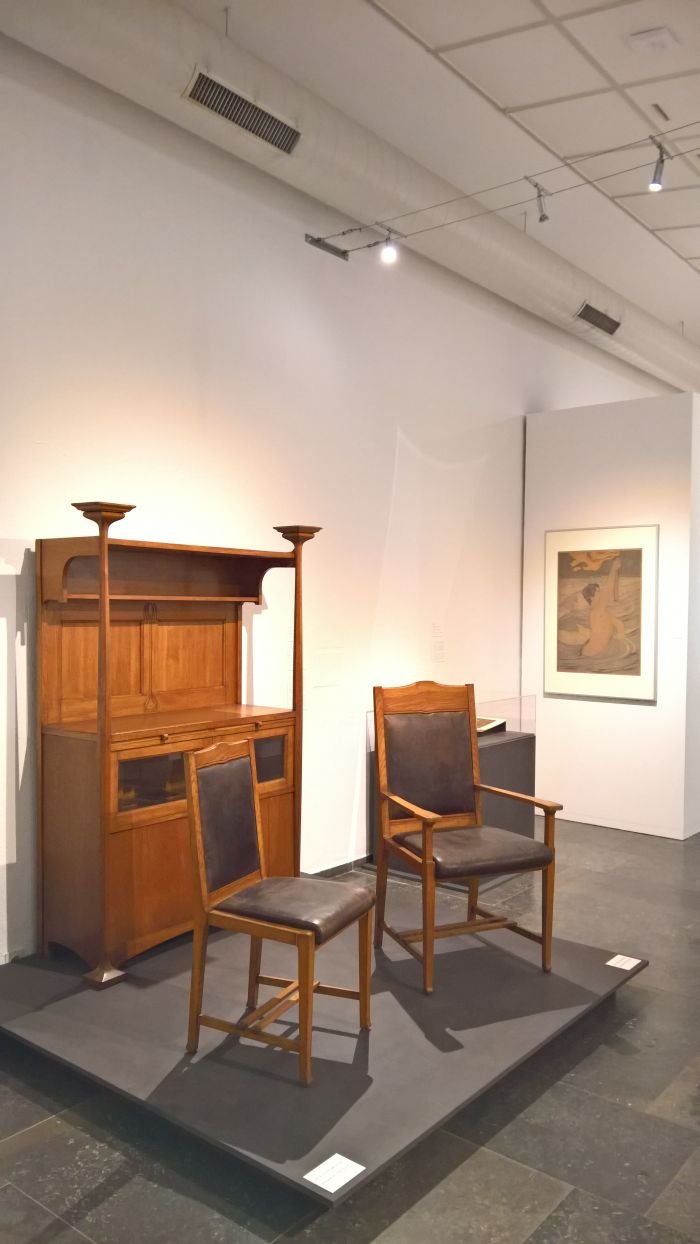
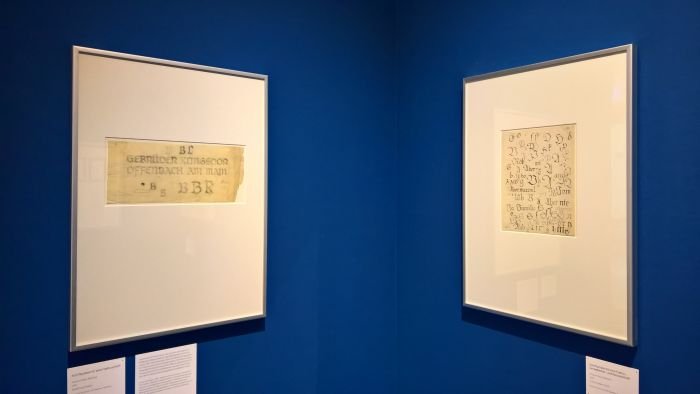
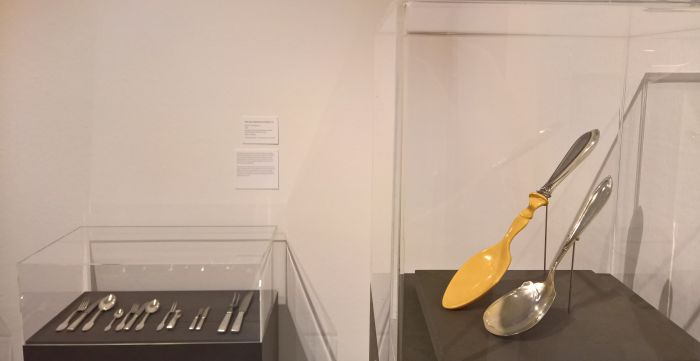
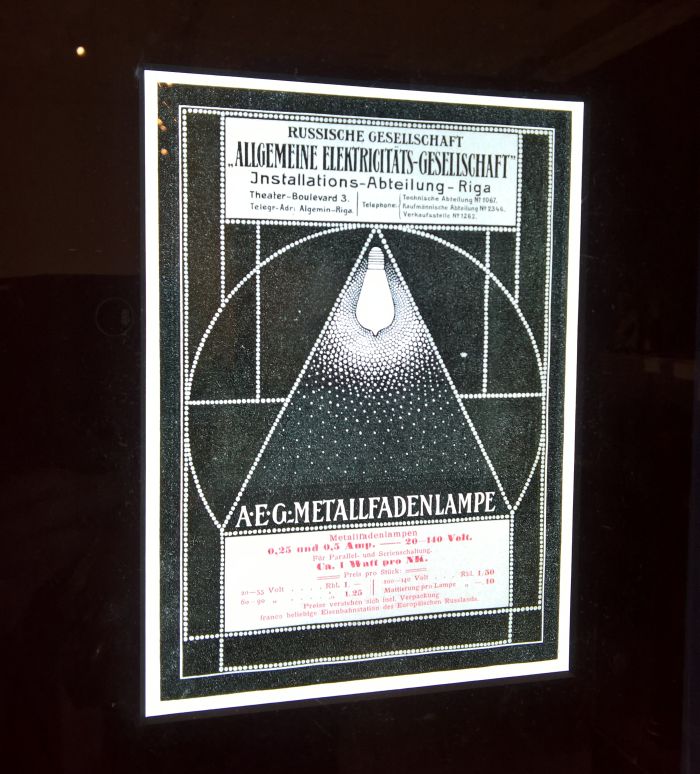
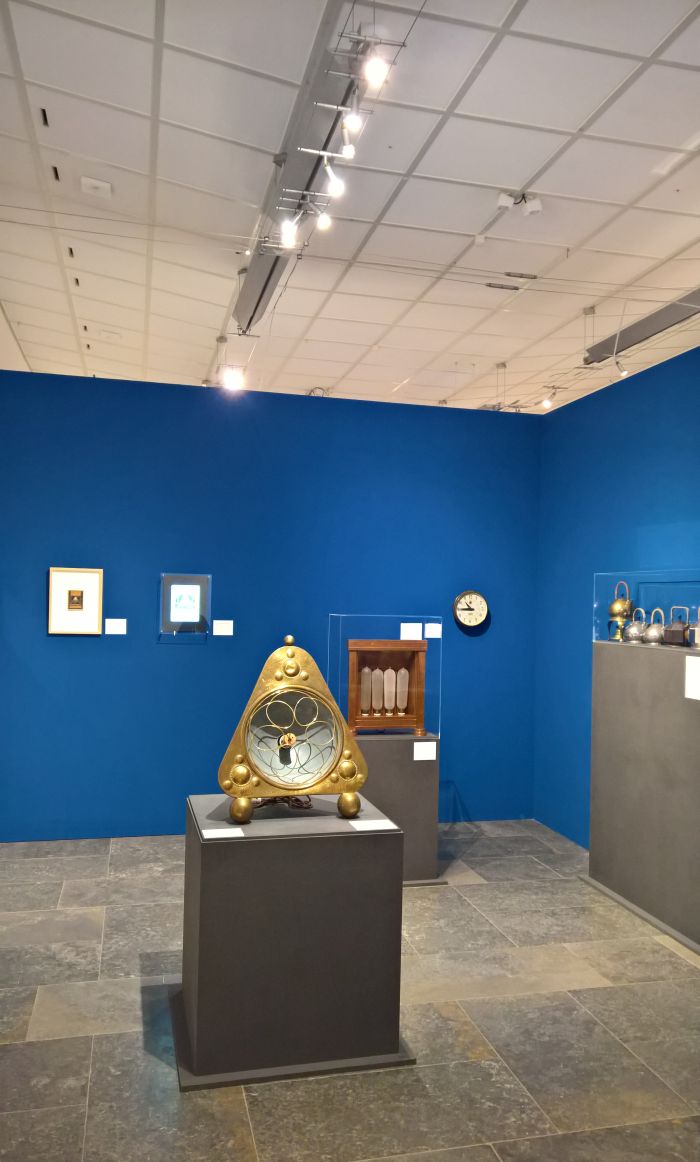
Peter Behrens. Art and Technology runs at the LVR-Industriemuseum Oberhausen until further notice.